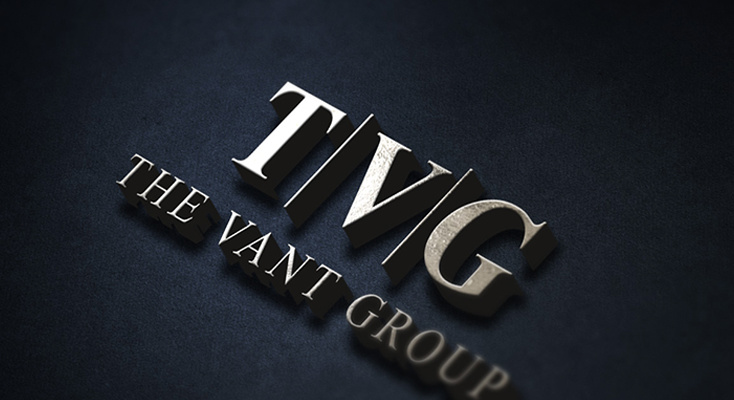Understanding Owner’s Discretionary Cash Flow – Part I
Let the numbers do the talking
We cannot stress enough the importance of hones and verifiable cash flow on the sale price of a small business. Many buyers and business brokers go as far as stating that cash flow is everything. Over 70% of small business buyers are first time buyers coming out of corporate America. These people have one primary goal – to replace the income stream they lost coming out of their former jobs. For these buyers, the owner’s discretionary cash flow secured through a small business acquisition is their salvation and their main decision point on company value.
What is Owner’s Discretionary Cash Flow (ODCF)? The simplest explanation is “The amount of money a new owner would be able to take out of the business annually.”
Through financial analysis, most of the components of ODCF are fairly easy to quantify, such as net profit and owner’s salary, while some of the figures may be somewhat more difficult to discern. A professional business broker can assist in recasting the business’ income statement to determine ODCF. A business broker’s job is not to create cash flow, but to be able to substantiate what is documented through company financials, tax returns, and a due diligence process. The following are the most common elements that comprise ODCF.
Net Income
Net Income before income taxes is the amount leftover in a business after all expenses are deducted from revenue. This is the amount on which federal taxes are based. The net income can fluctuate from more than the normal increases and decreases in revenues and expenses. A good accountant will attempt to keep net income as low as possible for tax purposes; therefore, small net income does not necessarily reflect an unprofitable business. For example, a business owner might prepay expenses toward the end of a year if his net income is projected to be too high in order to push tax liabilities to the following year.
Owner Salary
The amount of owner salary is normally a large component of ODCF. Similar to net income, the amount of owner salary fluctuates for tax purpose. When a business owner receives a salary, he has to pay taxes as an employer and employee; therefore, many times business owners elect to be paid a smaller salary and pay themselves through owner perks or net income.
Depreciation / Amortization
Depreciation and amortization is a component of ODCF since they are both non-cash expenses that are used to reduce taxes. Depreciation decreases taxable income but does not reduce cash. Lending institutions include depreciation and amortization in their cash flow calculations.
Interest expense
Interest is a component of ODCF since it is directly related to the amount of funding of a particular owner rather than the business. A new owner might have more capital and therefore not have the need for financing, subsequently reducing interest expenses to zero. Interest can be attributable to bank loans, personal loans, equipment leases, and other debt instrument that may go away after the sale.
Source:
Vantarakis, Alexander and Whitehurst, William. EXIT.
https://www.thevantgroup.com/product/exit-a-business-owners-guide-to-selling-a-company/


